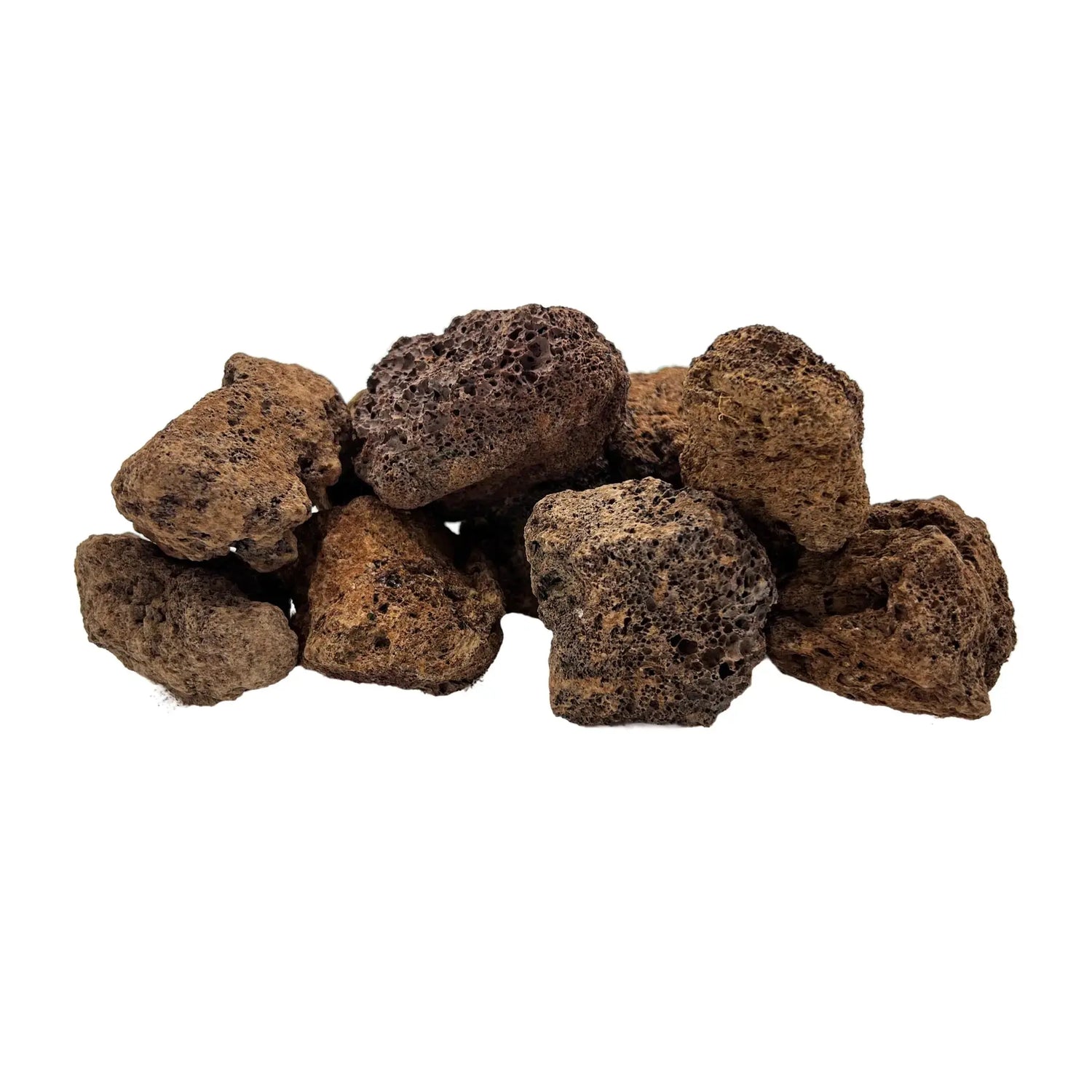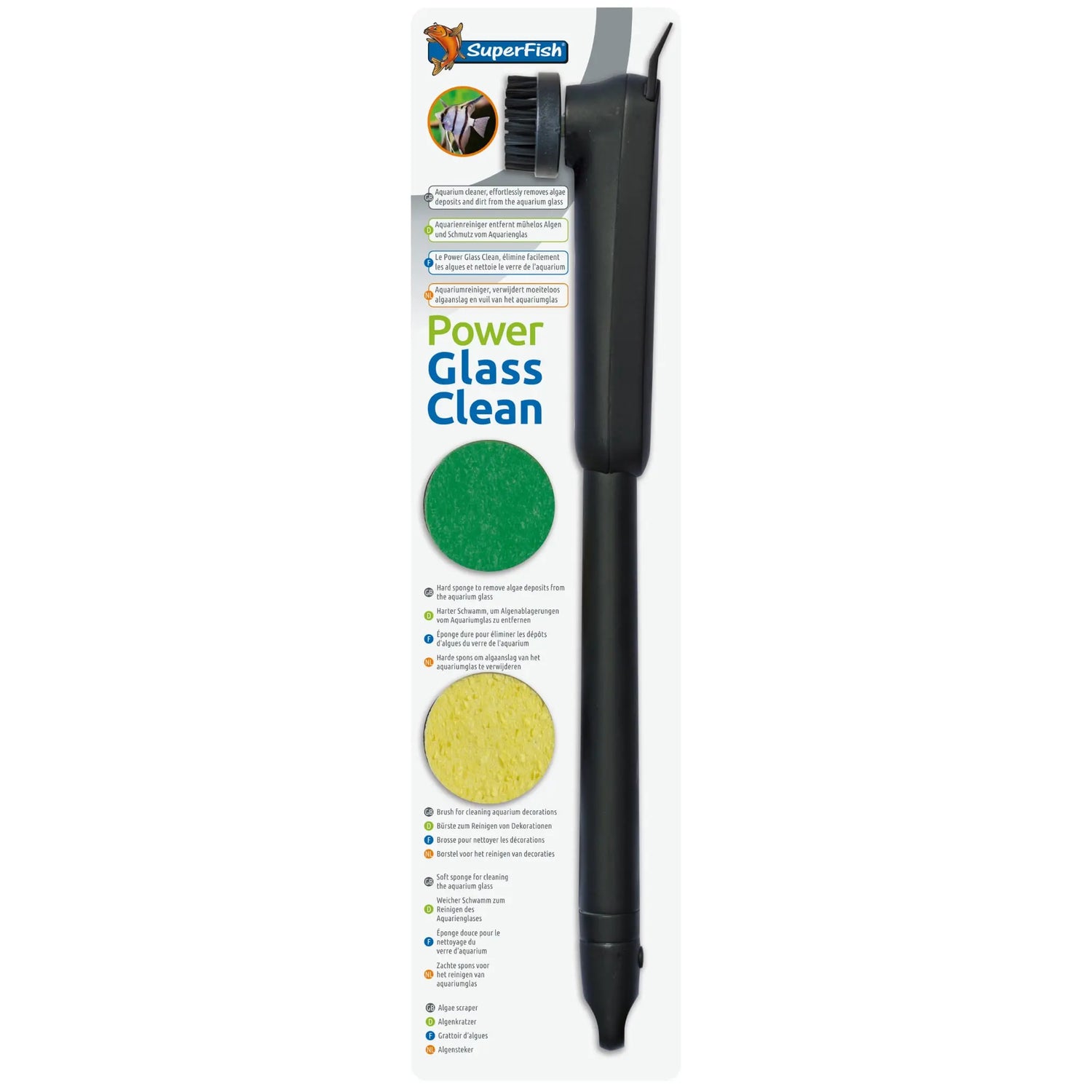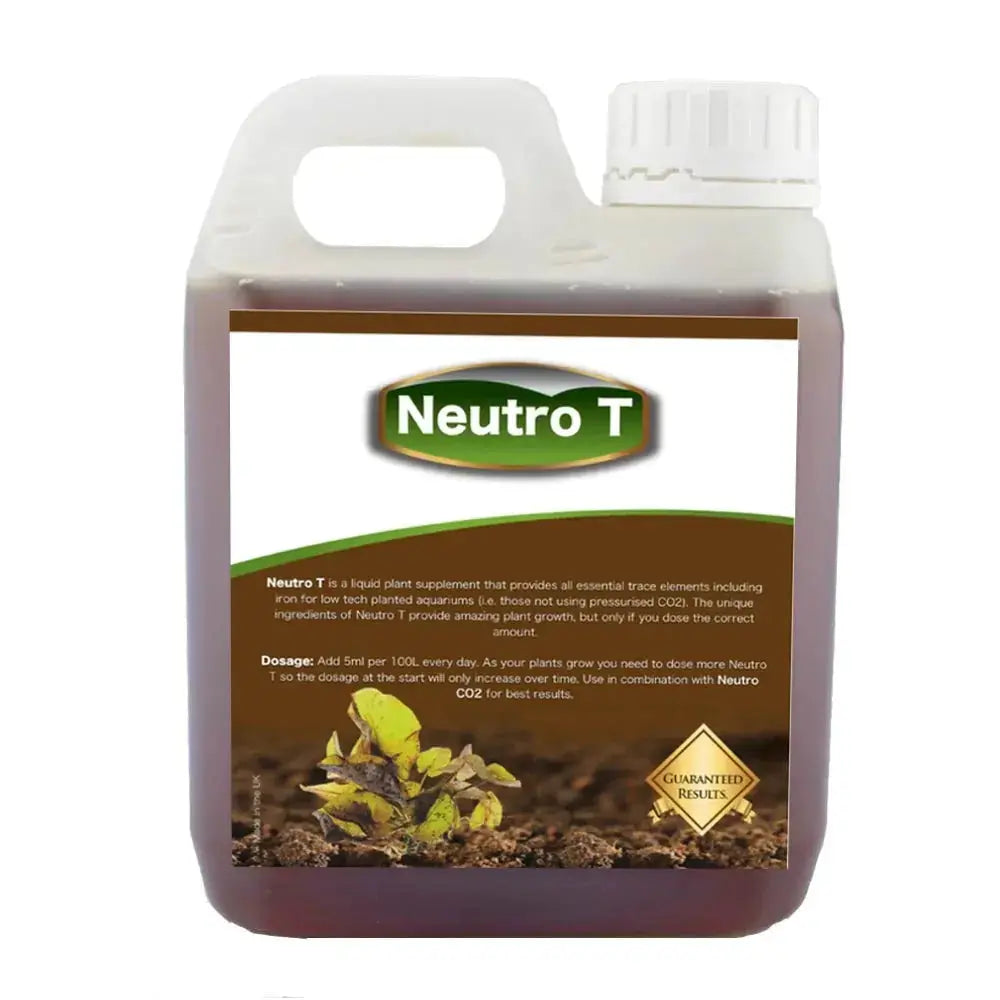If we never tested our water, how would we know exactly what is happening? Understanding water parameters is essential for planted aquariums and with hobbyists who are relatively inexperienced, they really help. It’s too early to be guessing at what is happening within your tank just by looking at your plants and fish. So what should we test for and when should we test?
The main test kits that are important to planted aquariums are pH, KH, GH, PO4 (phosphate), NO3 (nitrate) and Fe (Iron). There are other test kits that are useful such as NO2 (nitrite) and NH4 (ammonia) but they are more useful at the beginning of setting up an aquarium or when adding new fish.
Which brand? There are a vast amount of brands available in today’s market and there is no question of doubt that test kits vary enormously in not only accuracy but also price. It’s fair to say that the cheaper the test kit, the less accurate it will be. For that reason we recommend test kits by Precision Labs - they supply dip test which means you literally dip the testing stick into your water for about 2 seconds and then remove it. They provide a very accurate result in a short period of time. If you prefer liquid tests where different solutions are used then click here to see our range.
So now we know which test kits are needed and which brands are best, what levels should we be aiming for? The first thing to remember about planted aquariums are that your water parameters will change all the time. Do not focus too much on pH and how much that will swing from day to day. There is no problem with pH swings - it’s perfectly normal. The target reading is 6.8 but if you struggle to achieve this, don’t worry too much. KH is a test to determine the carbonate hardness of your water; aim for about 3-4 kH. This level will also help stabilise your pH. GH will vary enormously and is also linked with pH. The target level for GH is 60ppm (parts per million) but plants are OK with higher levels. PO4 in a non CO2 aquarium is considered undesirable so aim for 1 ppm or less. NO3 levels should remain between 10-50ppm (preferably closer towards 10ppm in a non CO2 aquarium). Higher levels than this are undesirable and there are a number of filter resins that can be added to soak up excesses. Fe levels should stay low - iron is a trace element so the plants only require low levels. 0.1ppm is sufficient and it’s worth noting that higher levels than this can cause undesirable algae growth.
Before you begin testing your aquarium water, it’s best to know what levels you are working with before hand and the most simple way of this is to test your tap water. This way you understand the ‘base levels’ and know what to expect. It also gives you a good idea of what your plants are consuming and what levels are increasing as you feed your fish and nitrates and phosphates are produced. But don’t forget although fish produce waste, plants absorb some of these excesses too.






